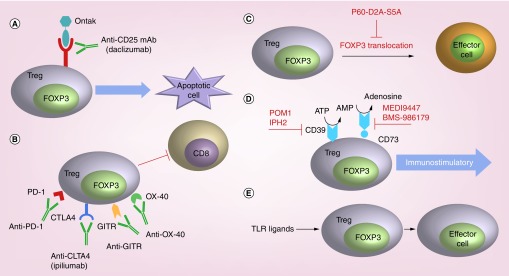Figure 2. . Current strategies to block or inhibit tumor-associated Treg cells.
(A) In humans, an anti-CD25 mAb, daclizumab, has been used to deplete Treg cells. More recently, the recombinant diphtheria toxin-IL-2 fusion protein denileukin diftitox (Ontak®) has been used to target T cells with high CD25 expression. Upon internalization, diphtheria toxin irreversibly inhibits protein synthesis, ultimately triggering cell death. (B) Inhibition of Treg via targeting of CTLA-4, PD-1, OX40 or GITR alleviates the suppressor activity of these cells on effector CD8 cells. (C) A peptide inhibitor of Foxp3 known as P60-D2A-S5A impairs immunosuppressive activity of murine and human-derived Treg cells leading to enhanced effector T cell function. (D) Treg cells produce adenosine via catabolism of ATP by extracellular ectonucleotidases CD39 and CD73. Adenosine is an immunosuppressive metabolite that may participate in the immunosuppressive activity of Foxp3+ T cells. Inhibitors of CD39 (POM1 and IPH2) and of CD73 (MEDI9447 and BMS-986179) are depicted in red. (E) TLR ligands can directly reverse Treg cell suppressive function.

